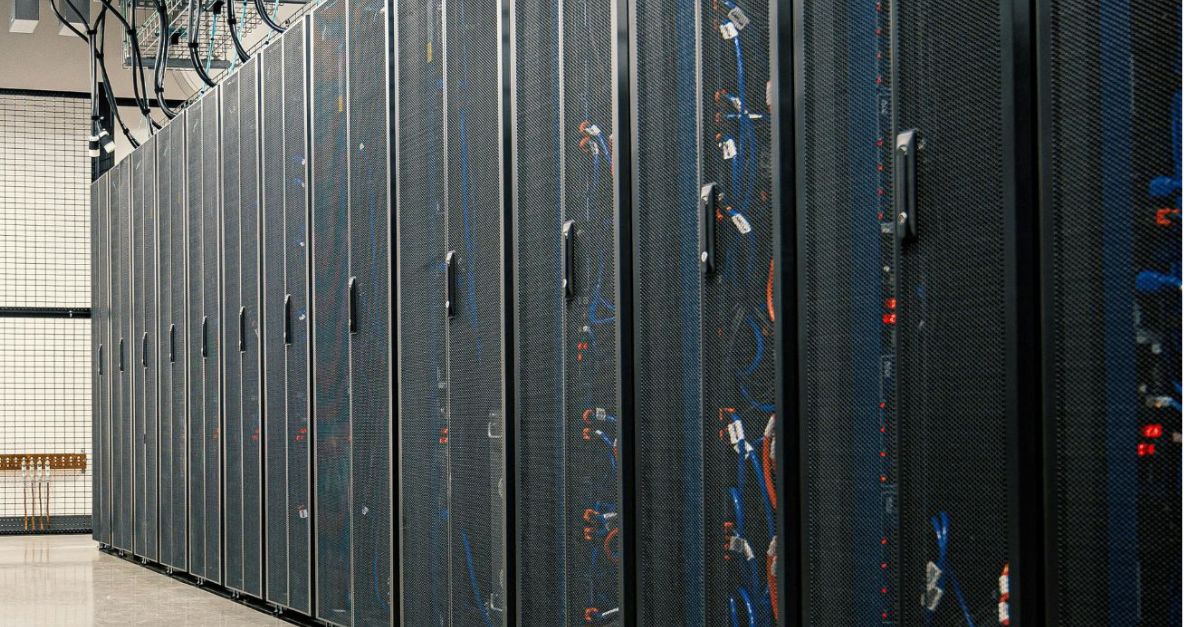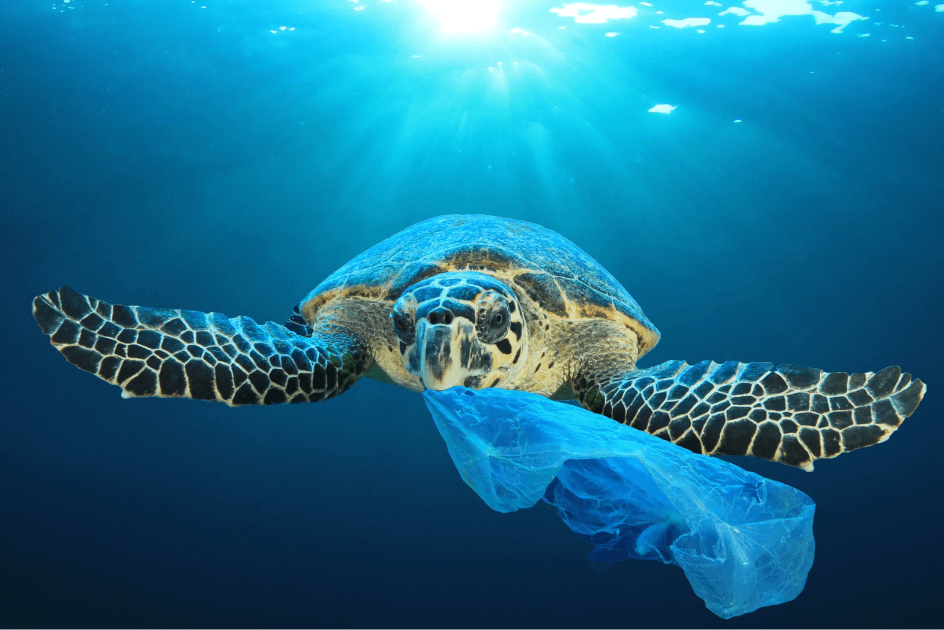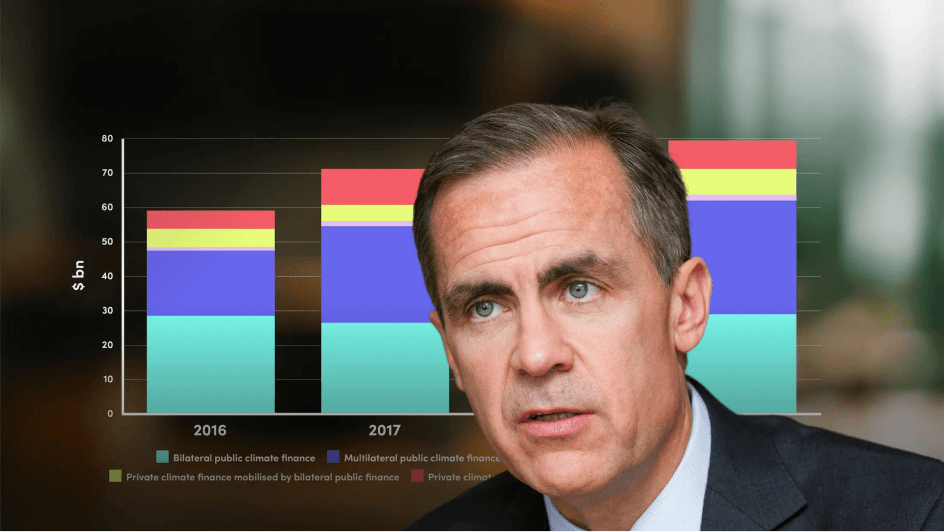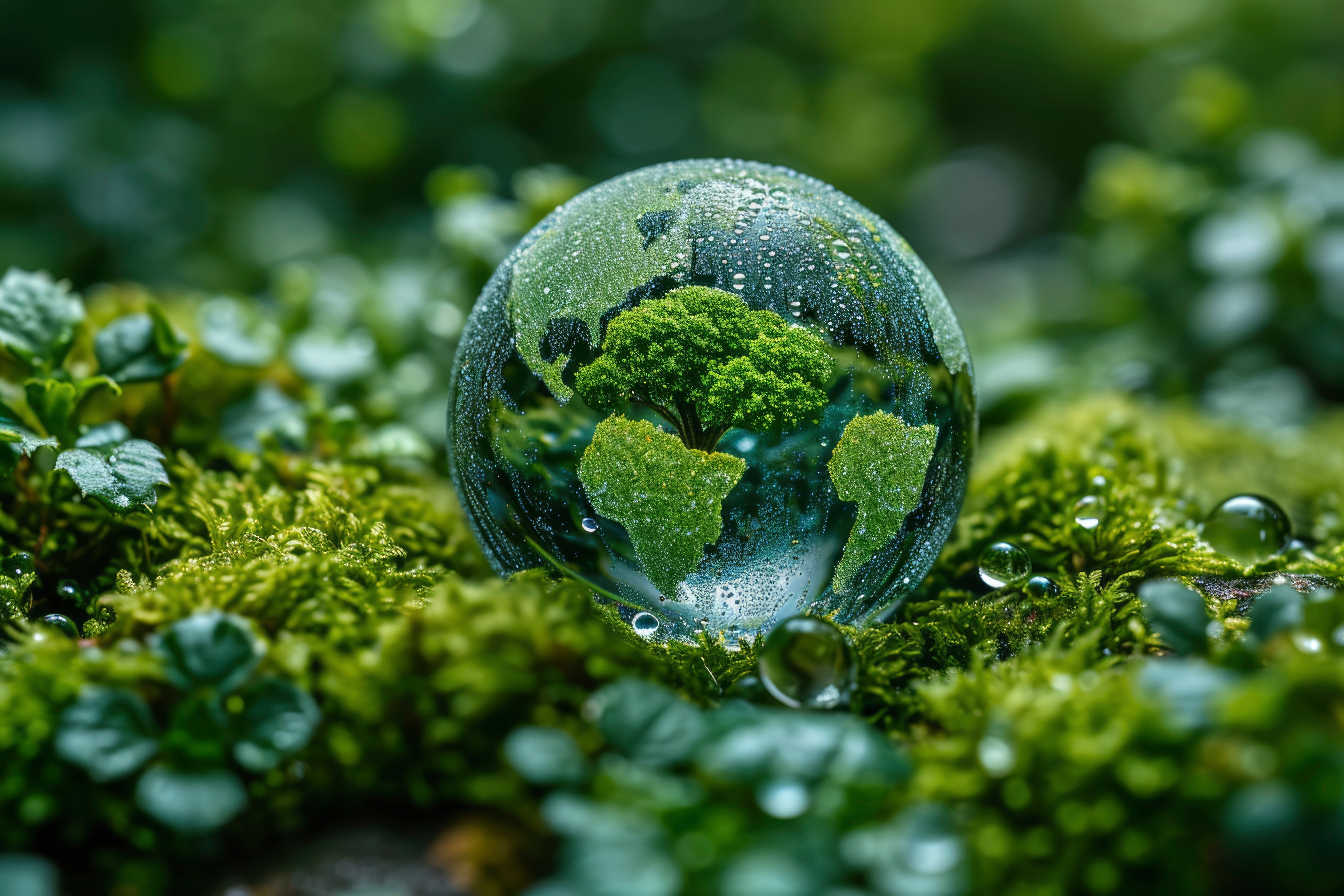
Accelerating impact through AI: Water and nature innovation

Will Sarni
Leader: Corporate water strategy
Turning concerns over AI's growing footprint into solutions for environmental challenges

The rise of AI solutions will continue, and there is increasing concern about the water and energy needs to power data centres. This concern about the data centres' water and energy “footprint” is vital to understand the impact of AI’s inevitable progress but it is only part of the picture.
Fortunately, the focus on AI's water and energy footprint is already driving innovation in new technology solutions. For example, data centres consume approximately 1 percent of global water withdrawals, with a single hyperscale facility using up to 1.5 million liters of water per day for cooling and humidification. AI also uses significant energy and market intelligence firm International Data Corporation estimates data centre consumption to double between 2023 and 2028, reaching 857 terawatt hours by 2028.
Reducing AI’s demand for water
AI “hunger” for water and energy is resulting in new approaches to address this demand. For example, Microsoft is developing new data centre designs to reduce water demand and alternative energy sources vastly - Microsoft Unveils Zero-Water Cooling for AI Data Centres - with the latest design eliminating water evaporation for cooling purposes by implementing chip-level cooling solutions. This technology provides precise temperature control through a closed-loop system. It should reduce water consumption by 125 million liters annually per data centre facility.
Microsoft is also tapping into Nuclear Power To Fuel Growing AI Demand, with a recent announcement on plans to purchase power from Three Mile Island. On September 20, 2024, Constellation Energy entered a 20-year agreement with Microsoft to restart Three Mile Island’s (TMI) unit (one reactor, renaming the facility “Crane Clean Energy Centre” ( Restarting Three Mile Island)). The Three Mile Island deal follows a series of other pacts Microsoft has signed with Ontario Power Generation in Canada and Helion, a nuclear fusion startup.

Can AI help solve environmental issues?
“Footprint” considerations also need to be viewed within the context of the value of AI in solving business and environmental issues.
My practice area is water and nature, and I am particularly interested in AI solutions that solve water and nature problems, particularly the decline of biodiversity and ecosystems.
For example, AI-powered solutions by FIDO Tech contribute to addressing water scarcity by eliminating non-revenue water (leaks) at water utilities. It is important to note that Microsoft is working with FIDO Tech in eliminating water utility non-revenue water as part of their replenishment goal to replenish more water than it consumes by 2030.
Also, companies such as Plutoshift are deploying industrial AI solutions to turn operational data into actionable intelligence, which will improve resource efficiency, reduce costs and waste, and help build resilient, sustainable businesses.
AI in biodiversity
An emerging opportunity for AI is in solutions to address the decline of biodiversity and ecosystems. Spoor AI, a Superorganism portfolio company, uses advanced computer vision and AI to detect, track, and classify birds at wind farms. It is important to note that Superorganism is the first VC fund focused on investing in biodiversity solutions. The AB InBev-founded 100+ Accelerator also has a biodiversity track which includes companies such as Conservation X Labs. Their Sentinel product upgrades wildlife monitoring tools like trail cameras and acoustic recorders with revolutionary and intuitive AI technology which processes environmental data in real-time. Sentinel AI can monitor for invasive species, poaching and wildlife trafficking, zoonotic diseases, and changing animal behavior.
In conclusion, the rise of AI solutions presents an opportunity for innovation to reduce water use in data centres and provide power through low to no carbon emissions. AI promises to deliver robust solutions to water scarcity and quality and reverse the decline of biodiversity and ecosystems.
This Insight was originally published by Will Sarni. Source: EarthFinance

Will Sarni
Share "Accelerating impact through AI: Water and nature innovation" on
Latest Insights

Lights in the fog: Positive signals for sustainability investment
2nd October 2025 • Henry White
































